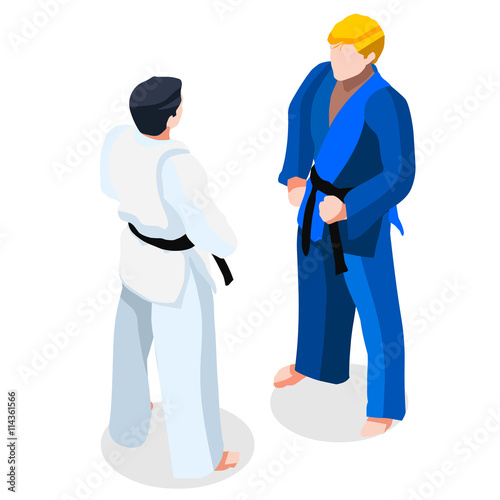Revealing The Range Of Martial Arts Disciplines: An Overview From Martial Arts To Taekwondo
Revealing The Range Of Martial Arts Disciplines: An Overview From Martial Arts To Taekwondo
Blog Article
martial arts supply -Haugaard Husum
Are you tired of feeling bewildered by the substantial globe of fighting styles? With many designs to pick from, it can be simple to get lost in a sea of strikes, kicks, and strange names. However concern not!
This discussion will certainly debunk the different martial arts styles, taking you on a journey from the powerful strikes of Karate to the vibrant kicks of Taekwondo. Prepare yourself to discover the beginnings, strategies, and ideologies behind these ancient art kinds.
So, tighten your belt and prepare to embark on an enlightening exploration into the fascinating globe of fighting styles.
Origins of Martial Arts Styles
The beginnings of fighting styles styles can be traced back to old civilizations and their requirement for protection and fight strategies. Throughout history, various cultures created their very own special approaches of fighting, each with its very own set of techniques and viewpoints.
In China, for example, martial arts designs such as Kung Fu and Tai Chi were created as a means of self-defense and improving physical and mental wellness.
In Japan, the samurai warriors created styles like Martial arts and Judo, focusing on discipline, accuracy, and mastery of the body.
In https://coachteacheskidsmartialar65320.dgbloggers.com/34287484/discover-the-appealing-world-of-martial-arts-where-olden-personalizeds-blend-with-contemporary-effectiveness , in Korea, Taekwondo emerged as a martial art highlighting high kicks, quick activities, and psychological stamina.
These early worlds laid the foundation for the varied variety of fighting styles designs that exist today, each with its very own abundant background and social significance.
Strategies and Training Approaches
To understand fighting styles designs, professionals have to discover various strategies and training approaches.
Methods are the certain activities and activities made use of in combat, such as punches, kicks, tosses, and obstructs. Various martial arts styles have their very own unique set of strategies that experts have to understand through strenuous training.
Training methods differ depending upon the style, but they usually involve a combination of physical fitness, drills, sparring, and kinds.
Physical conditioning is important to build toughness, adaptability, and endurance. Drills assist experts fine-tune their methods and improve their speed and precision.
Sparring permits practitioners to exercise their strategies in a controlled, practical setting. Types, also known as kata, are prearranged sequences of activities that assist practitioners establish muscular tissue memory and emphasis.
Philosophies and Principles
Exploring the philosophies and principles of martial arts designs can supply you with a much deeper understanding of your chosen technique. click over here has its own unique viewpoint and collection of leading concepts that shape the way it's practiced.
As an example, Karate highlights self-control, respect, and self-discipline. It shows professionals to focus their minds and bodies, enabling them to safeguard themselves while preserving a sense of internal tranquility.
On the other hand, Taekwondo positions a solid focus on rate, agility, and versatility. tiger schulmann martial arts are rooted in the tenets of courtesy, integrity, perseverance, self-discipline, and resolute spirit.
Final thought
Since you've checked out the origins, methods, and philosophies of various fighting styles designs, you have a much deeper understanding of these ancient techniques.
Imagine a young karate student, practicing with steady resolution and emphasis, appearing boards with a powerful punch.
Their journey showcases the dedication and stamina needed to grasp a martial art, advising us that with technique and perseverance, anything is feasible.
